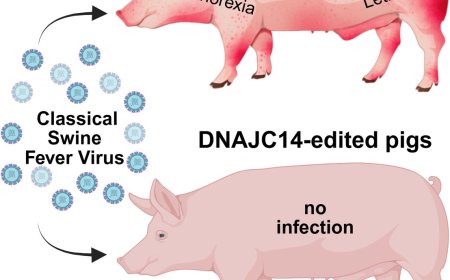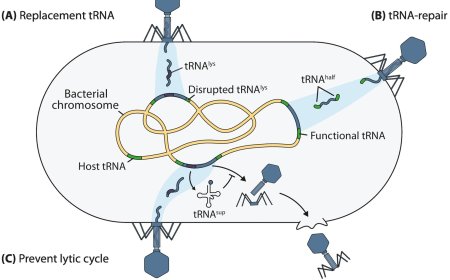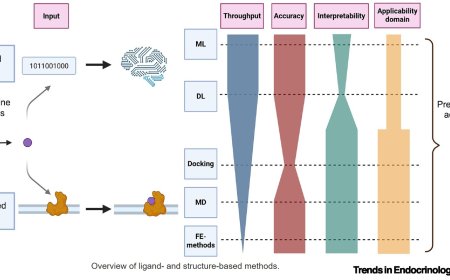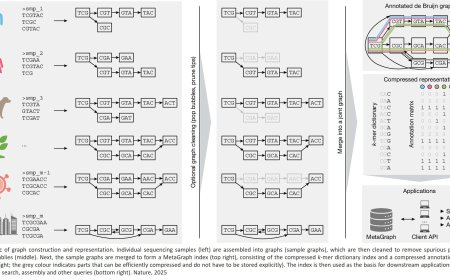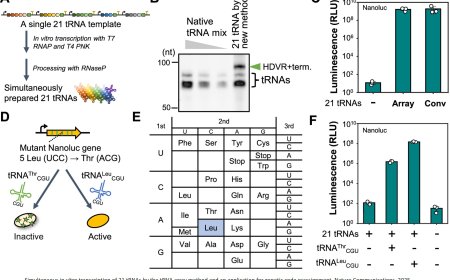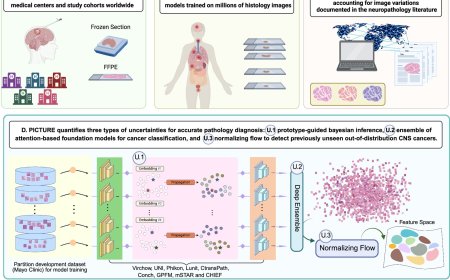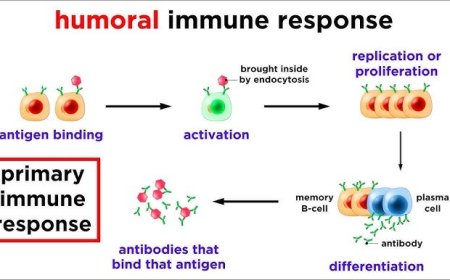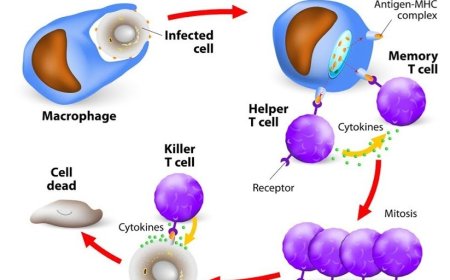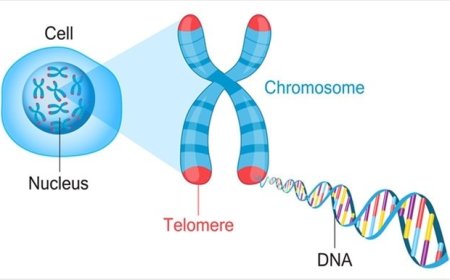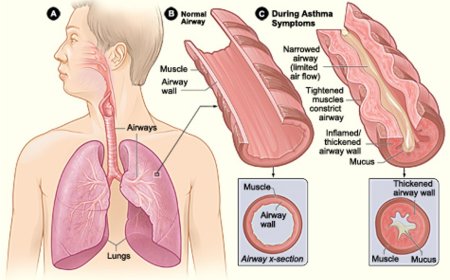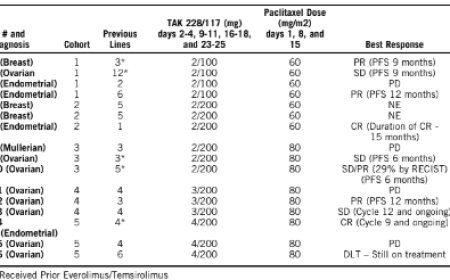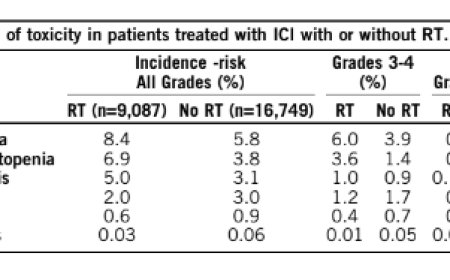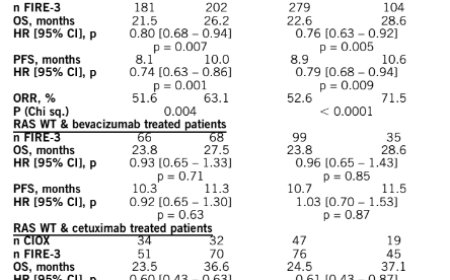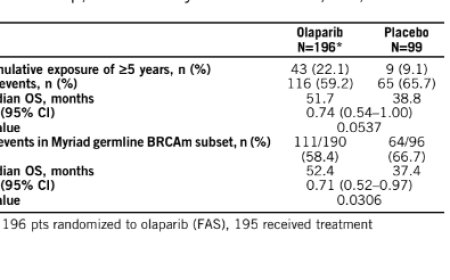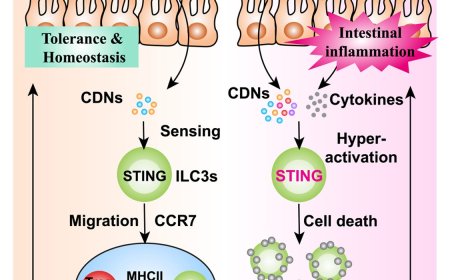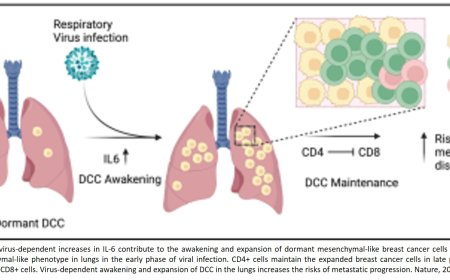Yeast in gut microbiome can worsen salmonella infection

Researchers have discovered that a yeast commonly found in our gut — candida albicans — can make infection with salmonella worse.
Salmonella bacteria are a common cause of food poisoning. In the gut, salmonella binds to the yeast candida and triggers a chain reaction that allows the bacteria to better invade cells lining the intestines, the research team reports in Nature.
In the gut, a complex community of microorganisms helps break down nutrients, maintain brain health and perform other functions. This is known as the gut microbiome, and it includes the good bacteria familiar to anyone who has taken a probiotic to boost digestive health. Fungi like candida are involved, too, but much less is known about how they interact, especially with pathogenic bacteria like salmonella.
“When we started this project, we just wanted to learn more about what the role of the fungal gut microbiota is during infection,” said the senior author of the new paper. Previous studies have shown that bacteria in the human gut microbiome can influence how susceptible people are to salmonella infections, so the authors wondered how fungi were involved.
When the researchers first looked at salmonella infection in a mouse model, they saw “drastic” changes in the fungi present in the animals, the author said. “We learned that candida albicans was blooming in these mice.”
Candida is a yeast commonly found on human skin and in the mouth and gut. Recent studies suggest it’s present in at least 60% of healthy people. But it’s not supposed to be living in the gut of mice. What likely happened, the author said, was that the mice picked up some candida from the humans around them.
“Usually we never would have detected that. It never would have mattered at all,” said the author. “But these mice, where candida was blooming, were more sick. They had more dissemination of salmonella to other organs.” Mice with both candida and salmonella had more salmonella in their gut, liver and spleen than mice without the fungus, the team found.
“We thought, either candida is directly increasing salmonella’s ability to infect and disseminate, or maybe it’s acting on the host and changing the inflammatory response that then allows for salmonella dissemination,” said an author of the paper.
When the researchers looked at infected cells under a microscope, they found that the salmonella bacterium and candida fungus were clumped together. If they took away salmonella’s ability to bind to other surfaces, the organisms didn’t clump and the salmonella infection wasn’t as intense.
Another author on the study, then found something surprising. In the presence of candida, salmonella was activating a bunch of genes involved in the uptake and metabolism of arginine. Arginine is an amino acid, a type of molecule that makes up proteins and plays a role in many other cellular processes. It turned out to be the key to unlocking the story.
When salmonella and candida are together, there’s twice or even three times as much arginine in the system, the author discovered. “That means someone is producing arginine,” the author said. They work together — with candida boosting genes responsible for synthesizing arginine and salmonella boosting genes that process it. Remove candida’s ability to create arginine and salmonella can’t invade as efficiently anymore, the author said.
Further experiments revealed that arginine wasn’t only acting on salmonella. It was also acting on the infected host itself, tamping down its inflammatory response to allow for increased infection in the gut and other organs.
Though candida doesn’t typically pose a threat to humans on its own, it could affect how doctors treat salmonella infections in vulnerable patients like children and elderly or immunocompromised people.
“Salmonella typhimurium infections are usually not treated with antibiotics, but these vulnerable populations that are at risk for disseminated disease would be,” the author said. Candida, being a fungus, wouldn’t be reduced by the antibiotic, she explained. And if a patient’s good gut bacteria are reduced during the course of antibiotic treatment, candida could bloom and affect the overall infection.
https://www.nature.com/articles/s41586-025-09415-y
https://sciencemission.com/east-promotes-Salmonella-virulence

